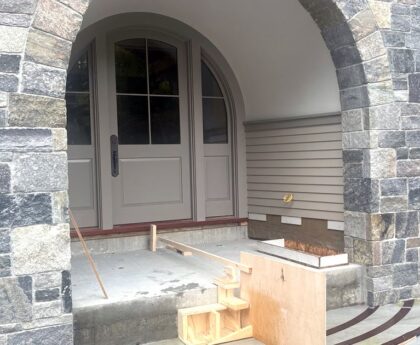As designers, we pour our souls into creating our visions. However, one challenge we often face is the potential disconnect between our design concepts and the expectations of our clients, causing our design concepts to fall flat. In our pursuit of perfection and artistic expression, we sometimes forget that successful design is not just about aesthetics but also about meeting the client’s needs and aspirations. This is most often caused by the designer’s rigidity, not wanting to embrace other ideas outside of their own. Conversely, a good designer has learned the art of collaboration with clients. Here are some essential tips on what to do if your design concepts fall flat with clients:
1. Address Client Priorities First:
While the design details you are excited about are crucial, they may not be the most important thing to your client; addressing them too early in the conversation can lead to misunderstandings or even disinterest from the client’s side. To avoid this, start by addressing the aspects that matter most to the client. If they are focused on functionality, dive into the practical aspects of the design before delving into its aesthetics. By demonstrating that you understand and respect their priorities, you lay a solid foundation for exploring other design elements later.
2. Embrace an Open Mind:
It’s crucial to recognize that design is a collaborative process. As designers, we must avoid becoming overly attached to our own vision and be open to embracing fresh perspectives. Clients have unique insights into their target audience and business goals, and these perspectives can enrich the design process. By valuing their opinions and ideas, we can create a more meaningful and relevant design solution.
3. Actively Listen:
Listening is an art; in design, it’s a skill that can make or break a project. By actively listening to our clients, we can uncover their priorities, preferences, and concerns. When clients feel heard, they become more invested in the design process, leading to stronger engagement and collaboration.
4. Speak the Client’s Language:
Every industry has its own jargon and language, and designers are no exception. However, using design-specific terms might alienate clients who are not familiar with them. To bridge the communication gap, it’s essential to adapt our language to match the client’s level of familiarity with design concepts. Present your ideas in a way that is clear, concise, and easy for them to grasp.
5. Iteration and Co-Creation:
Design is rarely perfect from the first draft. Embrace a culture of iteration and involve clients in the co-creation process. By seeking regular feedback and incorporating their ideas, you create a sense of ownership for the client, making them more enthusiastic about the final product.
6. Cultivate Empathy:
Empathy is a superpower for designers. Understanding the client’s perspective, challenges, and aspirations can lead to more empathetic design solutions. Empathy allows us to tap into emotions and create designs that resonate with the client.
To prevent design concepts from falling flat, designers must evolve beyond rigidity and embrace the spirit of collaboration with clients. By actively listening, addressing client priorities, and nurturing empathy, we can bridge the gap between our design concepts and their expectations. Remember, a successful design is not just about making something beautiful; it’s about creating a solution that aligns with the client’s objectives and values. Together, designers and clients can embark on a journey of creativity and innovation that brings their shared vision to life.




